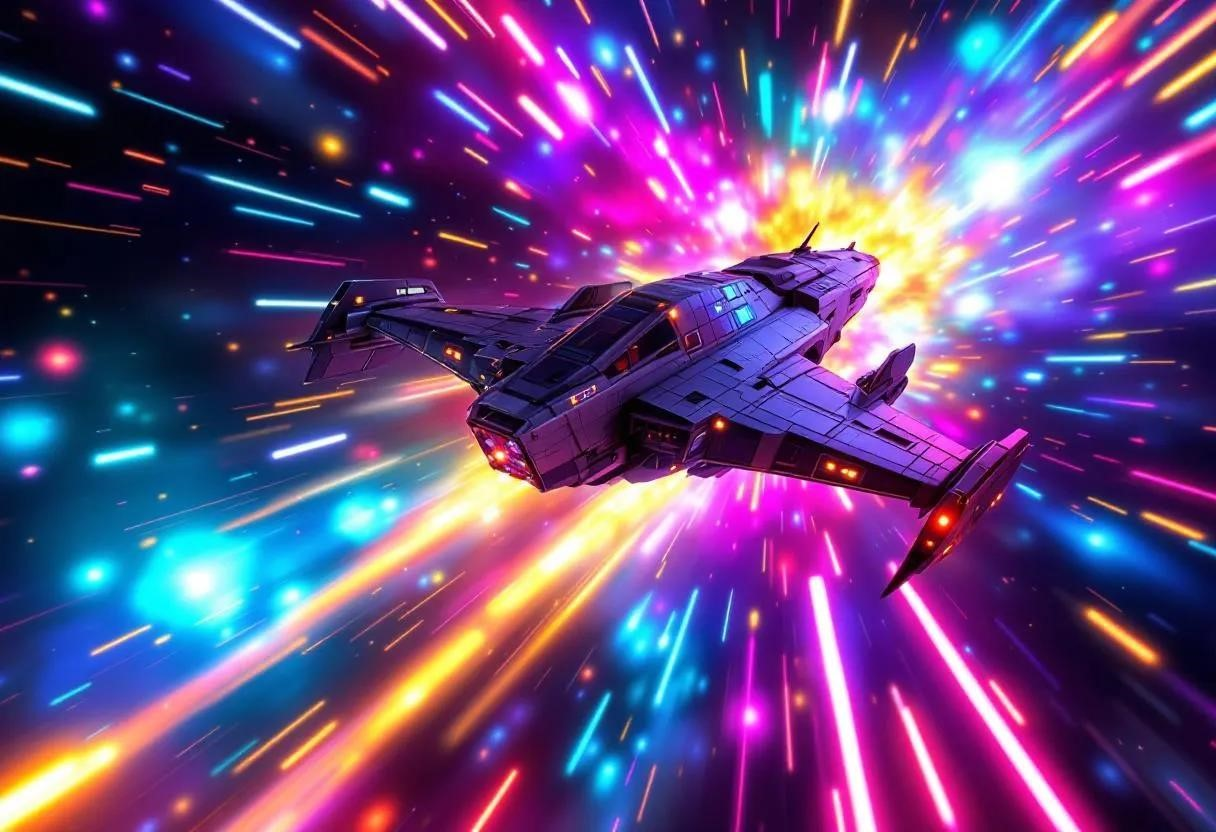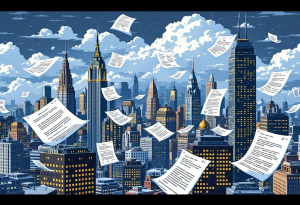So, you wanna dive into the world of animated NFTs? Heck yeah! It’s where art smashes into blockchain tech, giving your creativity a whole new playground. I’m Jake Miller. I’ve spent years bouncing between web design and geeking out over ASCII art, and now I’m pretty deep in the NFT game. I’m gonna break down how to make animated NFTs that don’t just look cool, but also pop in a crowded market.
Why Animated NFTs? More Than Just JPEGs
Let’s be honest, the NFT scene is buzzing, right? But static images? They’re kinda… everywhere. Animation? That adds a whole new level of depth, storytelling, and honestly, collectibility. Think about it this way:
- A GIF of a CryptoPunk winking.
- A looping animation of a Bored Ape puffing on a pipe.
- A super detailed 3D character doing something unique.
Way more engaging than just another JPEG, wouldn’t you agree?
Gearing Up: Essential Tools & Software
Alright, let’s get you equipped! You don’t need to empty your bank account right away. Here’s the lowdown:
For the Beginners
- Piskel: Free, browser-based pixel art editor. Perfect for simple animations. Great for getting your feet wet.
- RoughAnimator (iPad/Android): Affordable and user-friendly for hand-drawn animation. If you love frame-by-frame, this is your jam.
- Procreate (iPad): Not specifically animation software, but its animation assist feature is surprisingly powerful and easy to pick up.
Stepping It Up: Intermediate Tools
- Adobe Animate: The industry standard for 2D vector animation. It’s subscription-based, but packed with features.
- Clip Studio Paint: Super popular with comic artists and animators. Awesome drawing tools and animation features at a decent price.
The Big Leagues: Advanced Software
- Blender: Free and open-source 3D creation suite. The learning curve is steep, but the possibilities? Endless.
- Autodesk Maya: Another industry-standard 3D animation powerhouse. Powerful, but it’ll cost you.
- Cinema 4D: Known for being user-friendly, especially for motion graphics. Also subscription-based.
Here’s the secret: the best tool is the one you click with. Experiment, play around, and find what fits your style and your budget.
The Animation Process: From Idea to NFT Gold
Okay, let’s get down to the real deal. Here’s a step-by-step guide to turn your idea into an animated NFT masterpiece:
-
Conceptualization: What’s the story you want to tell? What’s the vibe? Sketch out your ideas. Create storyboards. Nail down the core concept.

What makes your animation unique? What will make people want to collect it?
- Asset Creation: Design and create everything you’ll need for your animation. Characters? 3D models? Maybe even some stock footage (if that’s your thing).
- Animation: This is where the magic happens! Bring those assets to life. Whether you’re doing frame-by-frame, rigging a 3D model, or creating motion graphics, focus on smooth movements and eye-catching visuals.
- Rendering: Export your animation in the right format. Don’t worry, we’ll get to that.
- NFT Minting: Pick an NFT marketplace (OpenSea, Rarible, Foundation – tons of options). Mint your animation. This means uploading your file, writing a description that sells, setting a price, and paying those pesky gas fees.
Animation Techniques: A Whirlwind Tour
Tons of ways to animate out there. Here are a few popular ones you might wanna check out:
- 2D Animation: Classic hand-drawn or digital animation. Think old-school Disney, but as an NFT.
-
3D Animation: Creating animations with 3D models and software. More depth, more realism.
- Pixel Art Animation: Retro, nostalgic, and surprisingly versatile.
- Motion Graphics: Use text, shapes, and other design elements to create dynamic animations. Awesome for abstract art and visual effects.
- Stop Motion: Bringing physical objects to life, one frame at a time. Wallace and Gromit, but as an NFT.
Animated NFT Best Practices: Level Up Your Game
Making a great animation is only half the battle. You gotta optimize it for the NFT world. Here’s how:
- File Format: MP4 and GIF are your go-to formats.
- File Size: Smaller is better (without sacrificing quality, of course!). Large files load slowly and cost more to mint. Aim for under 50MB if you can.
- Looping: Many animated NFTs loop seamlessly. It’s visually appealing. It keeps people watching.
- Resolution: Pick a resolution that looks good on all sorts of devices. 1080p (1920×1080) is a solid starting point.
- Audio: Adding sound can seriously enhance the experience. Make your NFT stand out!
- Metadata: Write a description that grabs attention. Use keywords. Tell people what makes your animation special.
Promoting Your Animated NFTs: Get Seen!
You made an amazing animated NFT. Now what? Time to get some eyeballs on it!
- Social Media: Share your work on Twitter, Instagram, TikTok… wherever the NFT crowd hangs out. Use relevant hashtags. Jump into the conversation.
- NFT Marketplaces: Promote your NFT on the marketplace. Participate in community events. Enter contests.
- Community Building: Build a fanbase around your art. Talk to collectors. Get involved in discussions. Offer exclusive stuff to your fans.
-
Collaborations: Team up with other artists and creators. Reach a wider audience. Get more exposure.
A Quick Note on the Legal Stuff
Gotta cover this real quick: Make sure you own the rights to everything in your animation. Don’t use copyrighted music, images, or characters without permission. Create your own original content. It’s always the safest bet.
Final Thoughts: Go Create!
Making animated NFTs is a journey. It takes time, effort, and a whole lotta creativity. But the rewards can be huge. You can make money from your art, connect with a global community, and push your creative boundaries. So get out there, experiment, and start animating!
FAQ: Your Burning Questions Answered
- What’s the best software for animated NFTs? Depends on your skill level and budget. Piskel is awesome for beginners, Blender and Maya are industry powerhouses.
- What file format should I use? MP4 and GIF are the most common.
- How do I promote my animated NFT? Social media, NFT communities, collaborations… get the word out!
- How do I price my animated NFT? Do some research. See what similar NFTs are selling for. Consider the time, effort, and uniqueness of your work.
This is just the beginning. The world of animated NFTs is always changing. Stay curious. Keep learning. And never stop creating.


